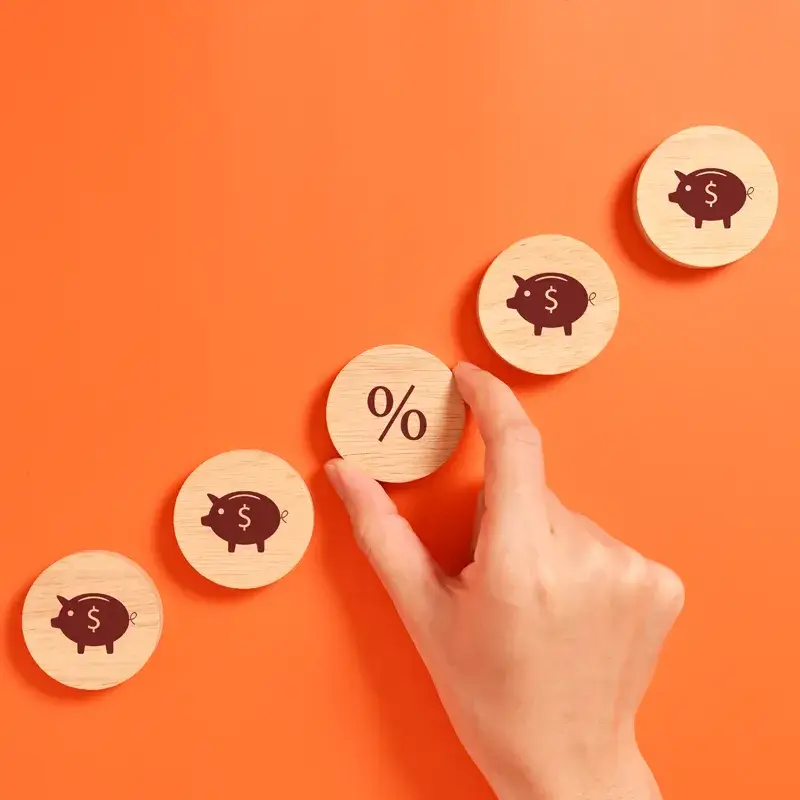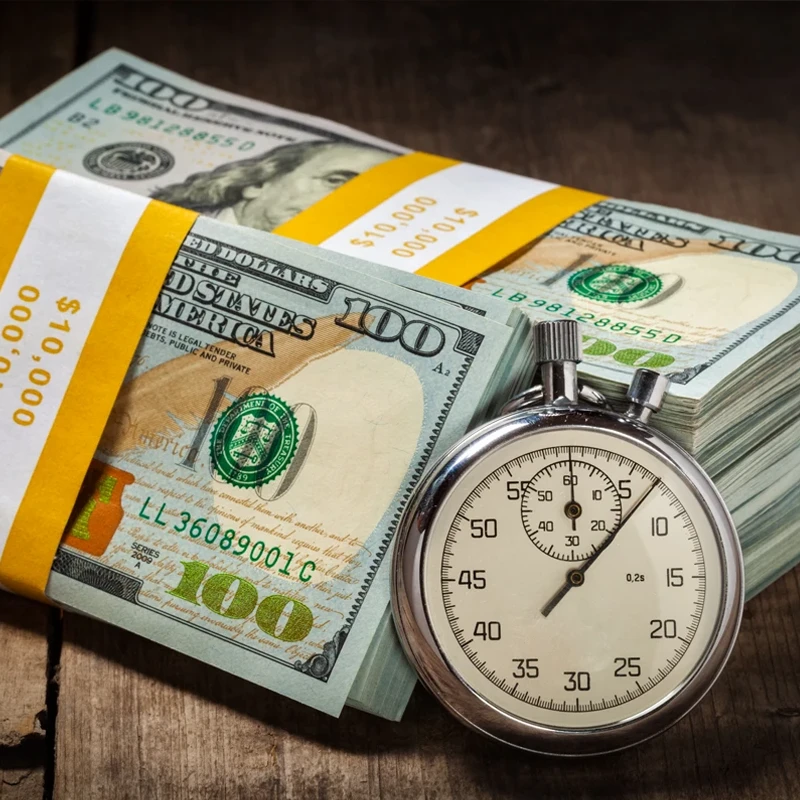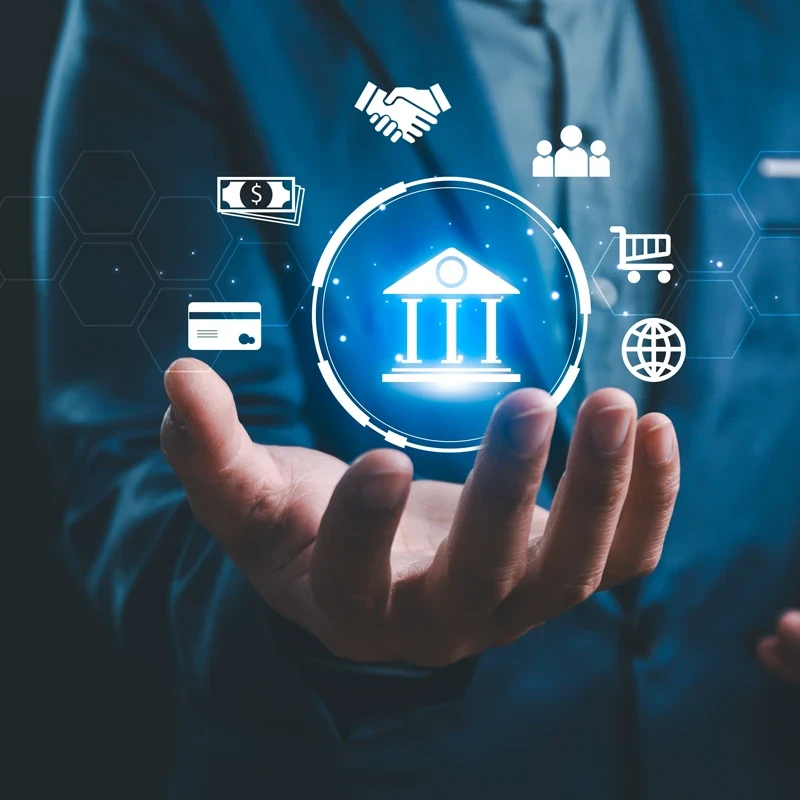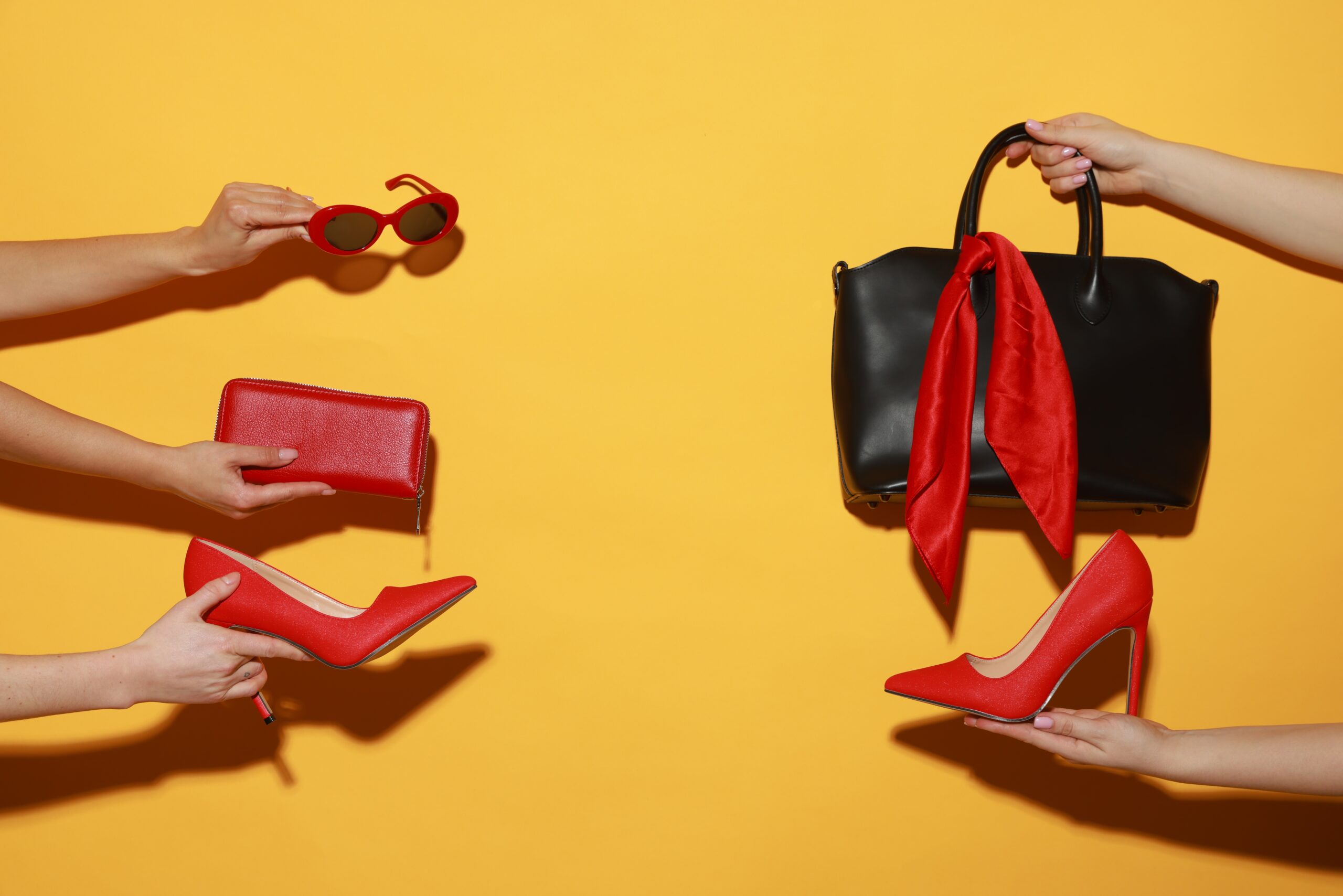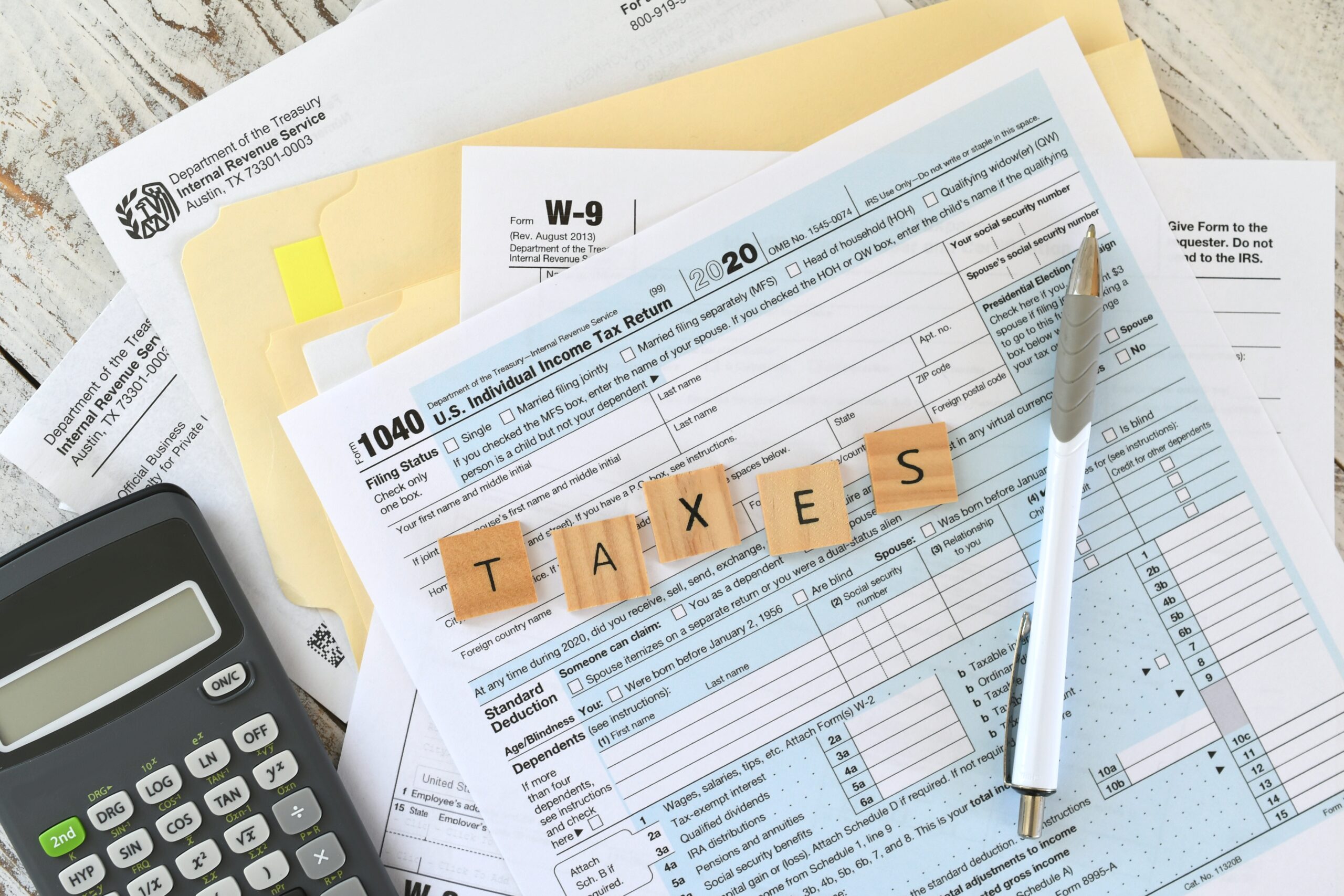Ladies, let’s talk about a subject that’s way less fun than booking vacations or shopping the latest Pinterest-approved home decor trends—but way more crucial for your long-term happiness: emergency funds. Yep, that magical stash of money you hope you’ll never need but will absolutely save your future self from financial meltdown when (not if) life throws you a curveball.
In your 20s and 30s, financial emergencies can be more unpredictable than your dating life—a sudden layoff, unexpected car repair, or medical bill that laughs in the face of your current bank balance. The difference between panic-swiping your credit card vs. handling the situation stress-free? A properly built emergency fund.
So, let’s break this down: why you need one, what happens if you don’t have one, how to actually change your money mindset, and five simple steps to start building your fund today—without giving up iced lattes or feeling broke.
🚨 Why You Need An Emergency Fund ASAP
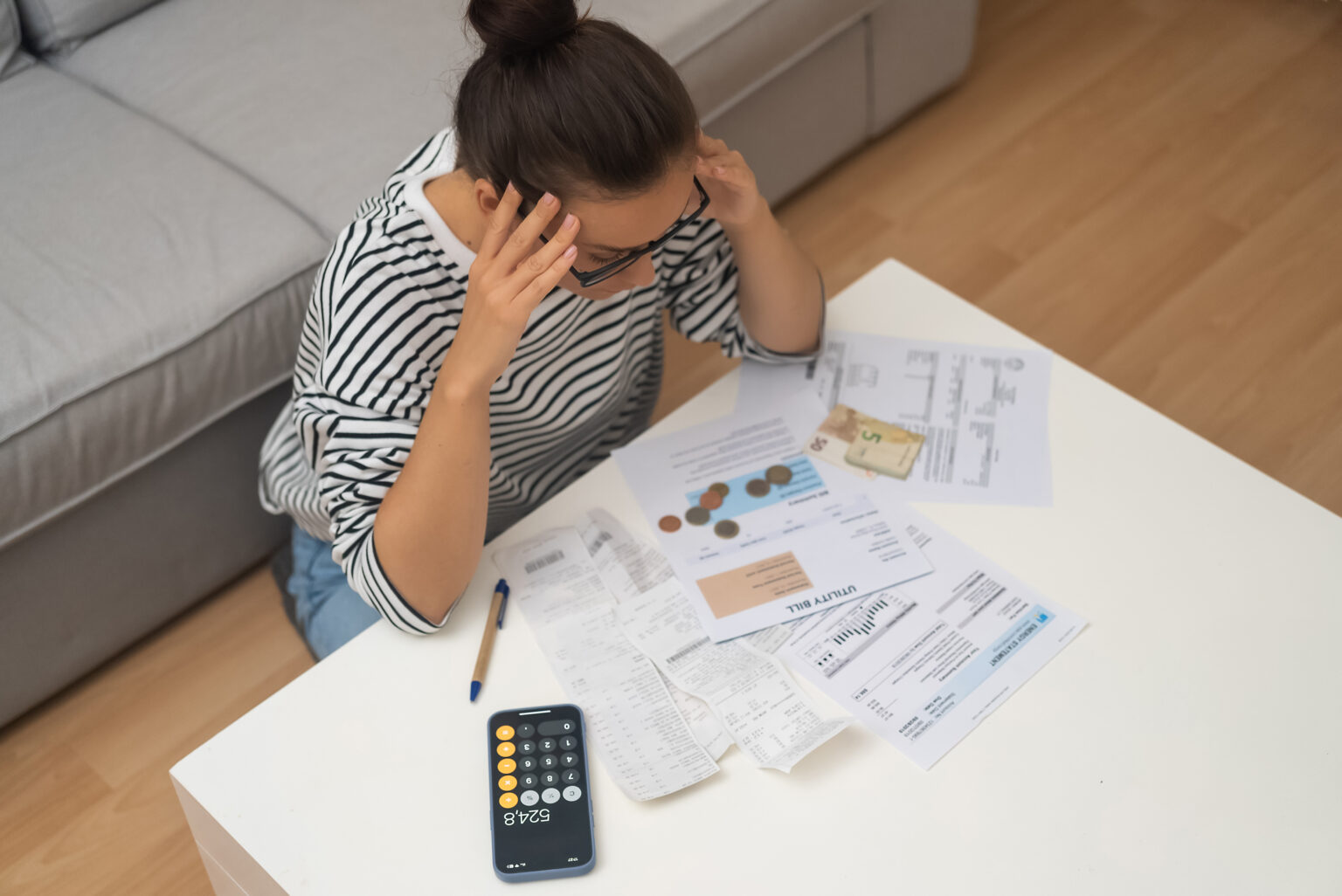
Think of your emergency fund as your financial seatbelt—sure, you don’t need it every day, but when disaster strikes, it’s the thing keeping you from flying headfirst into financial chaos.
What Happens If You Don’t Have One?
Let’s get real: bad things happen to good people with low bank balances. Here’s what you’re risking by skipping your emergency fund:
- You’ll go into debt fast – Without a backup stash, you’ll rely on credit cards or loans, racking up interest.
- Stress levels through the roof – Financial anxiety hits different when rent is due and your car won’t start.
- Lost opportunities – A surprise expense could wipe out your vacation fund, business savings, or investment goals.
- Family & friends become your “loan department” – And nothing strains relationships faster than borrowing money out of desperation.
💡 Bottom line: An emergency fund isn’t optional—it is your financial armor, there to protect you. Even just a small cushion can be the difference between handling an emergency gracefully or spiraling into financial chaos.
🧠 How to Change Your Money Mindset (Because “I’ll Save Later” Isn’t a Strategy)
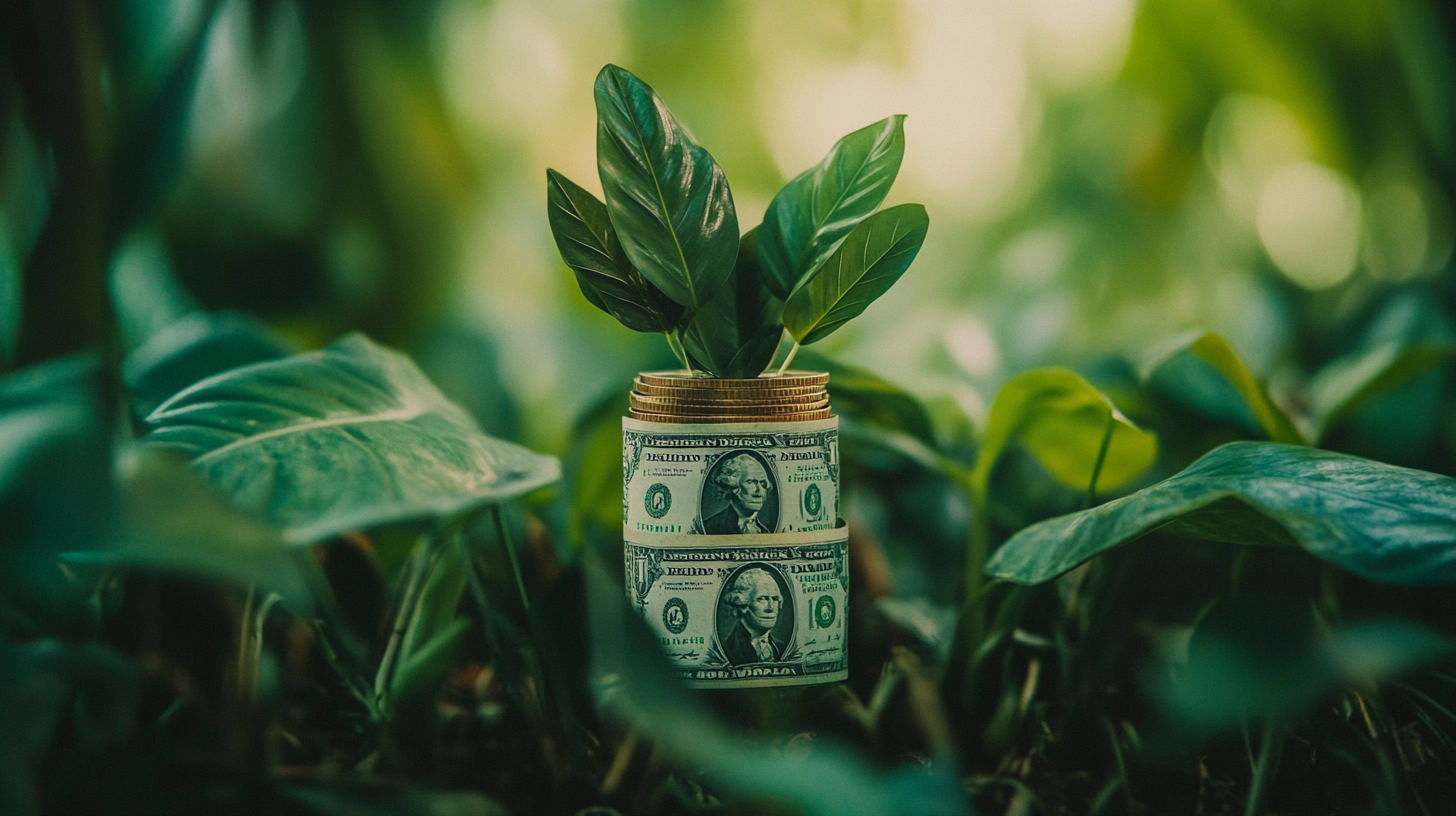
Here’s the truth: Saving money isn’t about depriving yourself—it’s about having choices, independence in financial security, and power over your life. But to build an emergency fund, you have to change how you think about money.
Three Key Mindset Shifts to Make Saving Easier:
Stop Seeing Savings as Sacrifice – Saving isn’t “losing money you could have spent”—it’s buying yourself peace of mind and financial freedom.
Normalize Putting Yourself First – You wouldn’t think twice about paying your Netflix subscription, so treat your emergency fund like a bill you owe Future You.
Play the Long Game – Small deposits add up fast. Starting with even $10 a week means you’ll have $520 saved by the end of the year—proof that consistency beats perfection.
🚀 Action Step: Instead of saying “I can’t afford to save”, start saying “I’m investing in myself”—because that’s exactly what financial security is.
💰 Five Easy Steps to Build Your Emergency Fund (Without Feeling Broke)
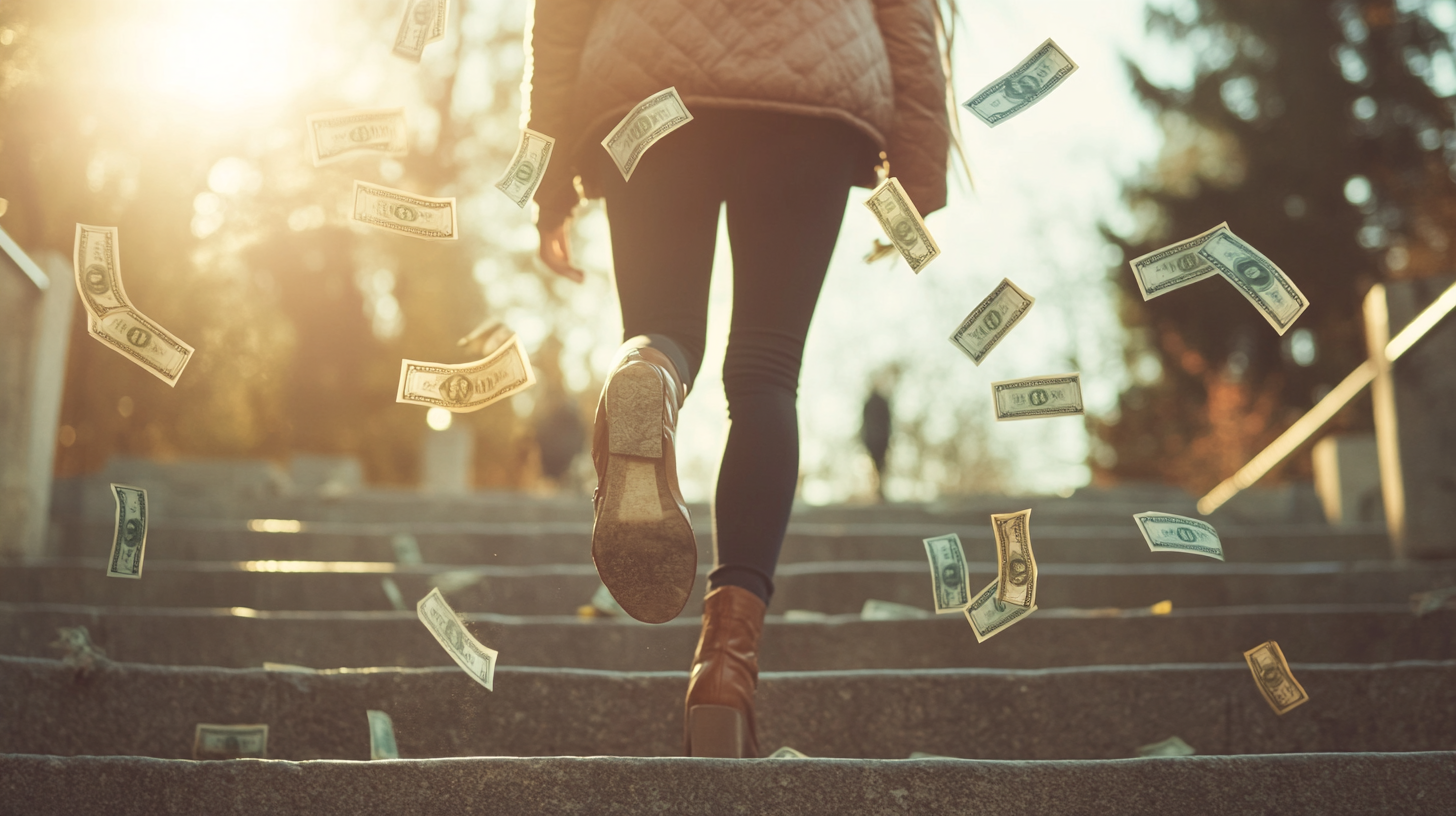
Step 1: Set Your Target Goal
How much should you save? Start small, build up.
✔ Beginner Goal: $500–$1,000 (covers minor emergencies).
✔ Ideal Goal: 3–6 months of rent, bills, and essentials.
✔ Max Goal: 6+ months of expenses if your job is unpredictable (freelancers, entrepreneurs, etc.).
📌 Pro Tip: Feeling overwhelmed? Start with just $100 this month. Savings momentum is real—the first step is the hardest! How to? Make your coffee at home this month instead of going to Starbucks. You still get your iced latte, it just doesn’t cost you $9.00! Don’t let those groceries rot in your fridge (yeah I’m lookin at you, uneaten bag of spinach) just because grabbing food to-go is more convenient. In this economy, we truly can’t afford to not eat what we paid for. Making small changes like this will make each baby step towards financial security that much easier. If you were going to spend $30 on take-out, transfer it into your savings instead. Feeding your emergency fund may seem difficult at first, but over time, it will be WAY more satisfying than feeding your impulses.
Step 2: Open a Separate, High-Yield Savings Account
Your emergency fund needs to be accessible but untouchable—meaning not in your checking account where it’s easy to spend.
✅ Best Option: A high-yield savings account, which offers higher interest than regular savings, so your money grows faster. ✅ Avoid: Keeping it in cash or in an account linked to everyday spending (too tempting!).
Wealthfront High-Yield Cash Account https://networthinsights.com/go/wealthfront
So-Fi High-Yield Account: https://www.sofi.com/banking/savings-account/
Laurel Road High-Yield Account: https://www.laurelroad.com/high-yield-savings-account/
💡 Budget Hack: Automate deposits so money goes in without you even thinking about it!
Step 3: Make Saving Painless (Because No One Likes Feeling Broke)
Saving money shouldn’t feel like punishment—it should be effortless. Here’s how to fund your emergency stash without noticing:
✔ Round-Up Apps: Banks that round up purchases and auto-deposit spare change into savings.
Acorns: https://networthinsights.com/go/acorns-signup-link
✔ Side Hustle Profits: Freelance gigs, reselling clothes, or surveys—every little bit adds up!
✔Cancel (At Least) One Expense: Unused subscriptions? Unnecessary shopping? Redirect that cash. Do an honest overview of your finances. Do you really need that box subscription or can that money be put elsewhere for the time being? You can always re-instate that subscription when you have a better financial footing, but for now, let’s prioritize stability over luxury.
💡 Game-Changer Tip: Save your tax refund or yearly work bonus—it’s the easiest way to bulk up your fund instantly.
Step 4: Use Your Fund the Right Way
Repeat after me: “I will NOT use my emergency fund for shopping sprees, impulsive vacations, or celebratory drinks.”
REAL emergencies only. Before tapping into savings, ask: Will this expense seriously impact my life if I don’t pay for it now? Is there any way to adjust my budget instead?
🚨 Examples of Actual Emergencies: Medical bills, car repairs, job loss, urgent home repairs.
❌ Not Emergencies: Concert tickets, holiday gifts, upgrading your couch just because you’re bored.
Step 5: Refill After Using It
If you tap into your fund, make a plan to rebuild it ASAP:
✔ Pause unnecessary spending for a month.
✔ Put extra income toward refilling your fund.
✔ Use cash-back rewards or refunds for savings deposits.
📌 Think of it like your phone battery—if it drains, you don’t just leave it empty. Recharge it before the next emergency hits!
Start Small, Build Big, Stay Secure
Your emergency fund isn’t just money sitting in a savings account—it’s a safety net, a stress reducer, and an investment in your future self.
Even if you start with just $10 today, you’re making progress toward financial independence. Future You will thank you for every dollar saved—because when the unexpected happens, you’ll be handling it like a boss instead of freaking out.
